Ion Iliescu rose to the presidency of Romania in a politically turbulent context, immediately following the collapse of the communist regime in December 1989. His ascent to the highest office was the result of several key factors: his decisive involvement in the Revolution, control over key institutions during the transition period, and his ability to outmaneuver strong political opponents such as Ion Rațiu, Corneliu Coposu, and Corneliu Vadim Tudor.
The 1990 Elections – A Turning Point
Romania held its first post-communist presidential elections on May 20, 1990.
Candidates included Ion Iliescu (FSN), Radu Câmpeanu (PNL), and Ion Rațiu (PNȚCD).
Voter turnout was 86.19%, with over 14.8 million citizens participating.
Iliescu won a landslide victory with 85% of the vote, seen as a symbol of stability after years of authoritarian rule.
This election, dubbed “Blind Sunday,” reflected both the desire for change and lingering influences of the former regime.
Constitutional Reform and the 1992 Elections
Romania’s first post-communist Constitution was adopted in 1991, setting presidential terms at four years and limiting presidents to two terms.
In 1992, Iliescu ran again under the Democratic National Salvation Front (FDSN).
His main rival was Emil Constantinescu (CDR), alongside other candidates like Gheorghe Funar and Mircea Druc.
The first round was held on September 27, and the runoff on October 11.
Iliescu won with 61.43% of the vote, despite lower turnout than in 1990.
Nicolae Văcăroiu became Prime Minister, marking a new phase in governance.
The 1996 Elections – A Peaceful Transfer of Power
Held on November 3 (first round) and November 17 (runoff).
Candidates included Iliescu (PDSR), Constantinescu (CDR), Petre Roman, Vadim Tudor, and others.
Constantinescu defeated Iliescu with 54.41% of the vote.
Voter turnout was 75.9%, signaling strong public interest in democratic change.
Romania entered a new political era under Prime Ministers Victor Ciorbea, Radu Vasile, and Mugur Isărescu.
The 2000 Elections – Iliescu’s Return
First round held on November 26, with candidates including Iliescu (PDSR), Vadim Tudor (PRM), Stolojan, Isărescu, and others.
Voter turnout dropped to 65.31%, reflecting growing public disillusionment.
In the runoff on December 10, Iliescu defeated Vadim Tudor with 66.83% of the vote.
Adrian Năstase became Prime Minister, and efforts were made to stabilize the political and economic landscape.
The election highlighted Romania’s struggle with slow reforms and the rise of extremist rhetoric.





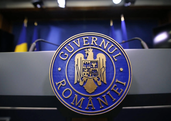

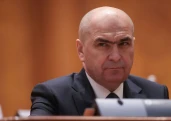

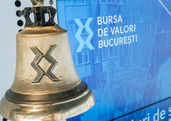

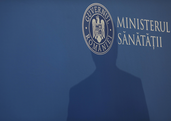

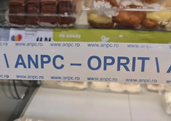



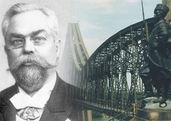





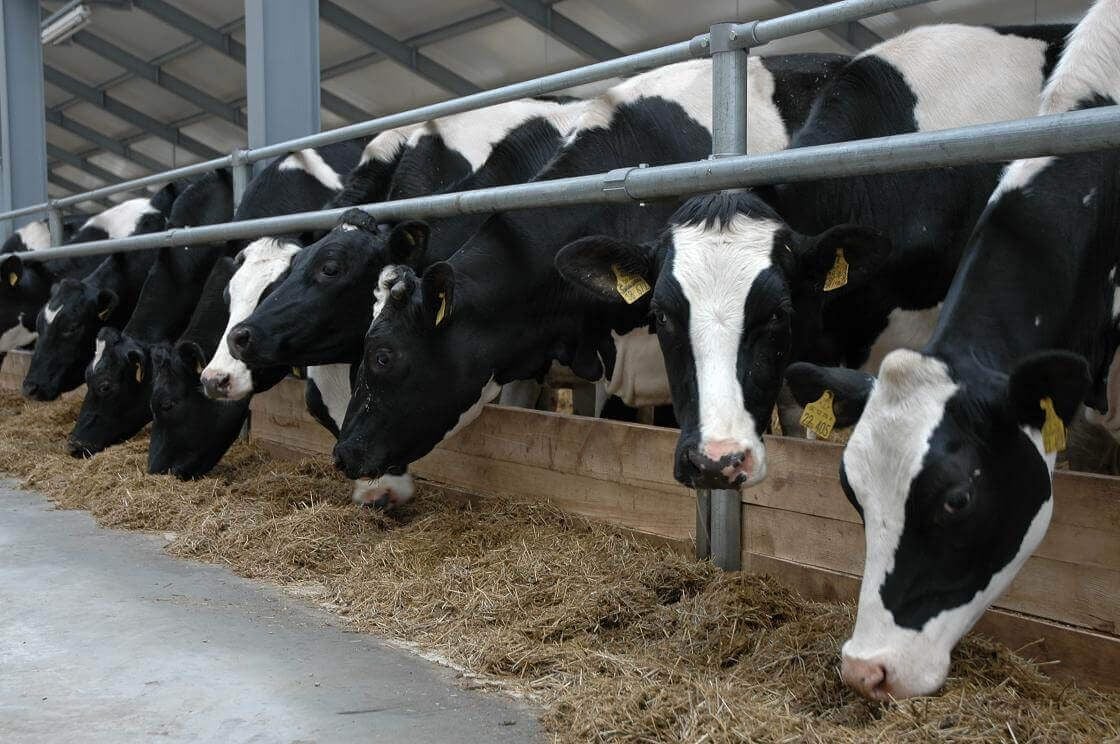

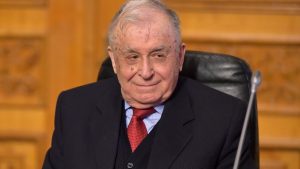






Comentează